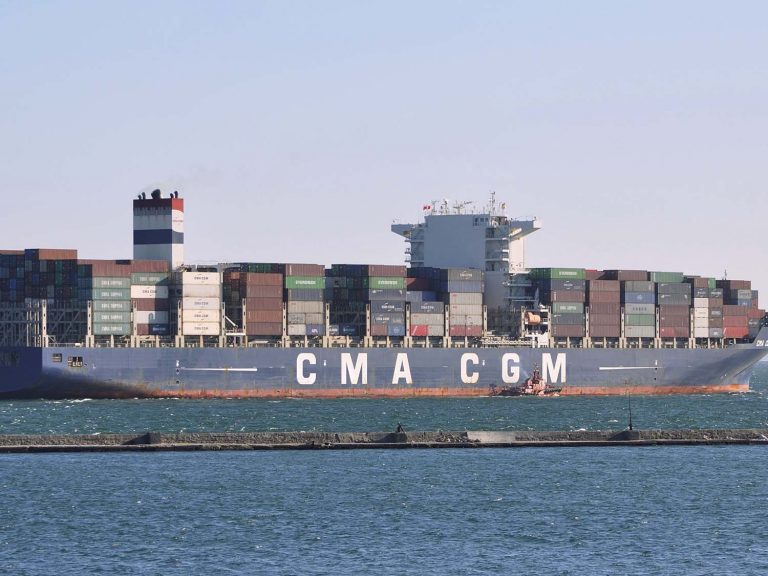
Date:
Ocean freight carrier profits grow as global supply chain woes continue
CMA CGM has published their Q3 results and in line with the other major Asia/Europe and trans-Atlantic carriers, they have made an extremely high degree of profit, due to the continued demand for space, exacerbated by global disruption diminishing the amount of vessel space available.
The CMA CGM group reported a net profit of USD 5.64bn for the third quarter, narrowly beating the Maersk group, currently the largest global container carrier.
Despite operating one million less teu than Maersk, the French line reported a greater increase in revenue versus the previous three months: group sales rose 23% quarter-on-quarter to USD 15.3bn; while Maersk reported a 17% revenue increase and a net profit of USD 5.46bn.
CMA CGM says it expects to achieve an even stronger financial performance in the fourth quarter.
Comparing performance between carriers based on Q3 2021 to Q3 2020: CMA CGM’s average revenue per TEU increased 107%; which is in line with Hapag-Lloyd which saw a 106% increase; and ahead of Maersk with a 90% increase; while ONE outperforms all with a 129% increase. Let’s conclude that asset owning shipping lines are reaping the benefits of their investments.
By contrast, the Global Freight Forwarding market contracted by -8.7% in 2020, recording its worst year since the 2009 financial crisis, as a direct result of the pandemic. The sea freight forwarding market contracted by -3.8% in 2020, but air freight forwarding suffered worse with a decline of -12.3%.
The freight forwarding market is expected to come back, with growth of 11.6% forecast for 2021, with an anticipated compound annual growth rate (CAGR) of 5% from 2020-2025, if and when volumes recover. This is without factoring in the impact of global macroeconomics and dynamics of consumer confidence, interest rate implications and available disposable income, in every country and territory.
The ocean carriers collectively are on a path for profits in excess of USD 150 billion this year, and higher from some sources, and the global container shipping market is anticipated to rise at a considerable rate between 2021 and 2025, progressing at a CAGR of 9% over the period, although this figure is likely to be exceeded by some margin.
Global supply chains are likely to be under intense and sustained pressure for some time yet, well into 2022 and beyond, and we will continue to share with you the most important developments so that you are informed and prepared to make critical decisions ahead of potential issues.
We negotiate rate and volume agreements with carriers across all three alliances, which means we have the freedom to react to market conditions and changes.
Please contact Elliot Carlile or Grant Liddell to discuss your supply chain expectations and deadlines to ensure your business is ‘future proofed’ for the rest of 2021 and 2022.
